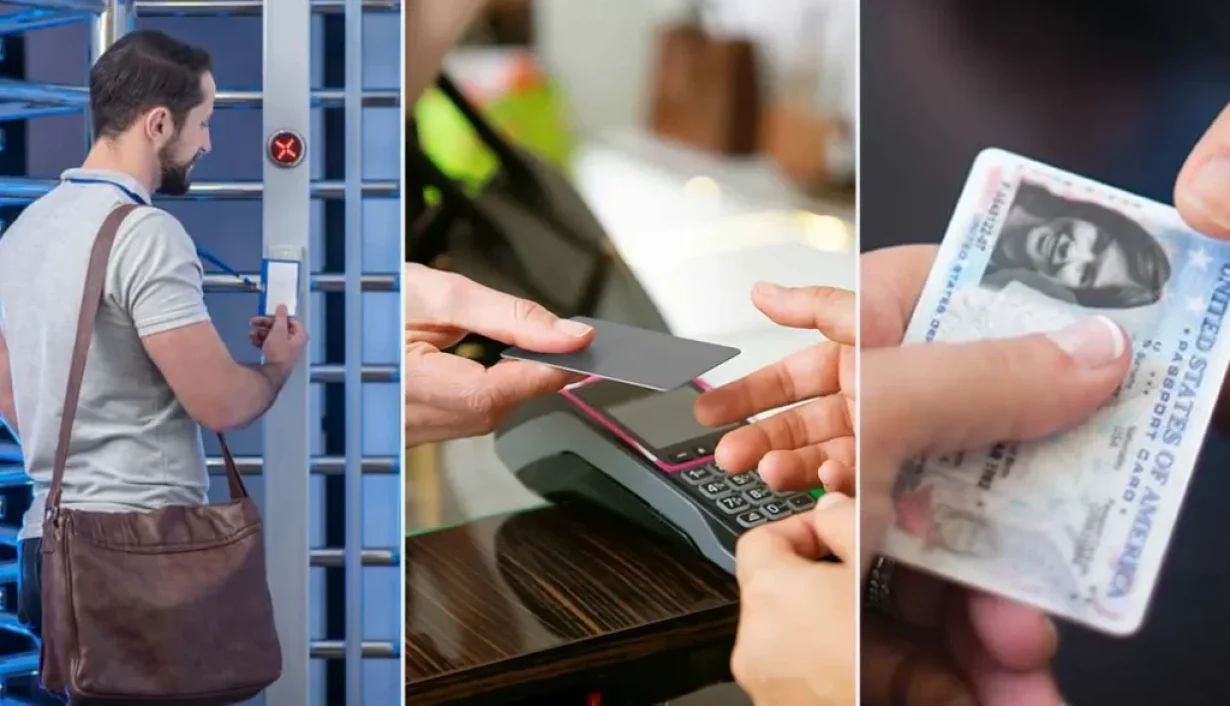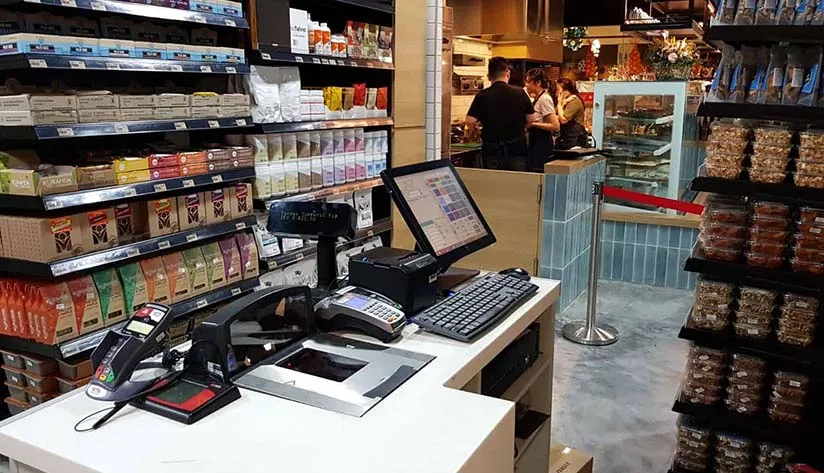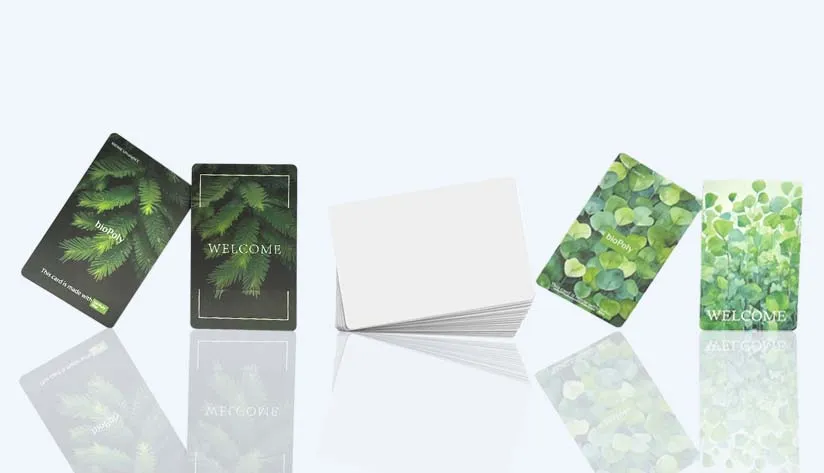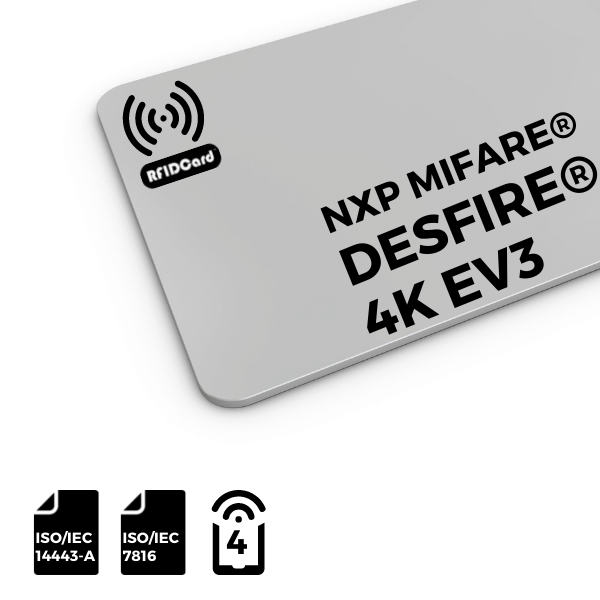
Custom identification (ID) cards represent more than mere identity verification tools; they serve to elevate a company’s image, bolster security protocols, and enhance operational effectiveness. Whether utilized for employee management, visitor access control, or member identification purposes, the integration of personalized designs with advanced technology can significantly augment the value proposition of ID cards. This guide provides a comprehensive overview of how to effectively customize ID cards, encompassing design considerations and technological integration strategies, to ensure that your organization benefits from secure, efficient, and brand-aligned ID card solutions.
1. The Significance of Custom ID Cards for Your Organization
Custom ID cards offer a multitude of advantages that can streamline business operations and enhance overall efficiency.
Enhanced Security Measures
Custom ID cards are instrumental in preventing unauthorized access to restricted areas, thereby safeguarding employees, visitors, and clients. By incorporating technologies such as Radio-Frequency Identification (RFID), magnetic stripes, or Quick Response (QR) codes, organizations can implement a range of functionalities, including access control, attendance tracking, and counterfeit prevention, effectively mitigating security risks.
Reinforcing Brand Image
A meticulously designed ID card, prominently featuring the company logo, brand colors, and professional typography, enhances the enterprise’s professional image and cultivates a sense of belonging among employees. To customers and partners, a standardized, high-quality ID card reflects the organization’s structured management practices and brand equity.

Elevating Customer Experience
ID cards equipped with RFID, barcodes, or Near-Field Communication (NFC) technology offer customers enhanced convenience in various scenarios, such as access control, payment processing, loyalty programs, and hotel check-ins. For instance, in the hospitality sector, RFID key cards enable guests to effortlessly unlock doors with a simple tap, eliminating the need for traditional magnetic stripe cards and improving their overall check-in experience.
Optimizing Operational Costs
By leveraging custom ID cards, businesses can streamline management processes and improve work efficiency. For example, RFID employee cards facilitate automated attendance tracking, eliminating the need for manual record-keeping. Visitor cards can interact with existing systems to expedite front desk registration procedures. Furthermore, the inherent durability of high-quality ID cards minimizes the expenses associated with frequent replacements, resulting in an improved long-term return on investment.
2. Essential Features to Consider When Customizing ID Cards
When customizing ID cards, the selection of appropriate materials, design elements, technology integration, and personalization options are critical considerations. These factors not only influence the aesthetic appeal and durability of the ID cards but also directly impact their practicality and security within your business operations.
Material and Durability: Selecting the Appropriate Card Material
The material composition of the ID card determines its durability and suitability for various applications. Common materials include:
- PVC (Polyvinyl Chloride): The most prevalent material, suitable for a wide range of business applications, offering a balance of durability and print quality.
- PET (Polyethylene Terephthalate): Exhibiting superior heat and wear resistance compared to PVC, PET is ideal for high-frequency usage environments, such as hotel key cards or transportation passes.
- Composite Materials: These materials incorporate multi-layered constructions that enhance flexibility and waterproof characteristics, making them suitable for demanding usage scenarios.
- Eco-Friendly Materials: ID cards manufactured from biodegradable or purely natural materials contribute significantly to sustainability initiatives. For example, BioPoly™ Vinyl offers comparable durability to PVC while being biodegradable, and BioPoly™ Stone contains calcium carbonate and is environmentally responsible.
If the ID cards are intended for long-term use or exposure to harsh environmental conditions, selecting more durable materials is essential to minimize replacement costs.
Design Options: Visual Elements to Consider
A professionally designed ID card not only enhances the company’s image but also improves recognizability. When customizing ID cards, consider the following design elements:
- Color and Brand Consistency: Employ the company logo and brand colors to ensure that the ID card aligns with the corporate identity.
- Font and Readability: Select clear, legible fonts to ensure that key information is easily identifiable.
- Security Features: Incorporate holograms, microtext, or ultraviolet (UV) printing as anti-counterfeiting measures to enhance security.
- Dual-Sided Design: Present essential information (such as name, photograph, and position) on the front, while the back can feature a QR code or safety instructions, enhancing functionality.
Technological Integration: Enhancing Functionality
ID cards can transcend their role as mere identity badges by integrating smart technologies, which enhance user experience and security.
RFID (Radio Frequency Identification): A widely adopted integrated technology that enables contactless access control, automated attendance tracking, membership management, payment processing, and loyalty programs. RFID significantly enhances convenience and management efficiency. Common RFID frequencies include low frequency (LF) and high frequency (HF), suitable for diverse applications.
Barcodes/QR Codes: Ideal for membership cards and visitor passes, facilitating rapid database matching and improved information management efficiency.
Magnetic Stripes: Previously prevalent in hotel key cards, but less secure and more susceptible to wear compared to RFID and QR codes.
Why Choose RFID?
RFID ID cards offer substantial advantages over traditional magnetic stripe cards and QR code cards:
Enhanced Security: RFID technology effectively prevents card duplication and information tampering, ensuring the security of both businesses and clients.
Expedited Reading Speeds: Contactless recognition enables employees, visitors, or customers to pass through access points quickly or complete transactions without physical contact, enhancing user experience and work efficiency.
Extended Lifespan: RFID cards exhibit greater durability, making them suitable for long-term use and reducing replacement frequency and associated costs.
Expanded Functionality: In addition to seamless integration with access control systems, RFID ID cards can be integrated into payment and management systems, significantly simplifying daily business operations and improving automation levels.
Personalization Options: Tailoring Information
Personalized information is crucial when customizing ID cards, as it ensures the uniqueness and security of each card. Common personalization options include:
- Employee Name, Photograph, and Position: Facilitates identity recognition and improves internal management efficiency.
- Employee Number or Membership ID: Enhances information matching capabilities for attendance, access control, or membership management.
- Validity Period or Access Levels: Relevant for visitor cards or temporary passes, ensuring security compliance.
3. A Step-by-Step Guide to Customizing ID Cards for Your Business
Customizing ID cards involves several steps to ensure that the cards are functional, visually appealing, and practical. Here’s a simplified step-by-step guide to assist you in tailoring the right ID cards for your business.

Step 1: Assess Your Needs
The initial step involves clearly defining the purpose of your ID cards. Different applications necessitate different functions and designs. Are the cards intended for employee identification, visitor access, membership verification, or credentialing? Once the purpose is established, you can begin considering the appropriate card features and technologies.
Step 2: Choose the Right Features
Based on your business requirements, selecting the appropriate technology and features is crucial. Common functionalities include:
RFID Technology: Ideal for high-frequency use cases, such as access control, attendance tracking, and payment systems.
Barcodes/QR Codes: Suitable for scanning and information tracking, such as visitor registration and membership management; however, they can be more cumbersome to operate than RFID cards, particularly in the absence of pre-existing infrastructure.
Magnetic Stripe Cards: Suitable for legacy systems, such as access control, but offer a lower level of security.
When selecting technology, consider factors such as security, cost, usage frequency, and compatibility with existing systems.
Step 3: Design the ID Card
Design is a critical aspect of customizing ID cards. The design should align with your corporate brand while ensuring that the information is clear and easily recognizable.
Style and Brand Consistency: Choose a design style that aligns with your company logo, color scheme, and fonts, ensuring that the ID card reflects the overall brand image.
Key Information Display: Ensure that essential information, such as employee name, position, and photograph, is clearly visible. Avoid overly complex designs that could hinder usability.
Security Features: To enhance security, consider adding anti-counterfeiting elements, such as holograms, microtext, or UV printing.
A design that is both visually appealing and practical can foster a sense of belonging among employees and enhance the professional image of the company.
Step 4: Select a Vendor
Choosing an experienced supplier ensures quality and technical expertise, which is especially vital for integrating smart technologies. When selecting a vendor, ensure that they can provide comprehensive services, including design, production, delivery, and technical support.
Step 5: Test and Order
Before placing a bulk order, create sample cards for testing. During the testing phase, focus on the following:
Durability: Test how the card performs under various environmental conditions.
Functionality: Ensure that the features of the card operate correctly.
Design Effect: Confirm that the printing quality is clear and that the colors and fonts match the design specifications.
Once the sample cards pass all tests, you can proceed to mass production. Ensure quality control throughout the production process to guarantee that each card meets your standards.
4. Why Choose UltraFlat™ ID Cards
UltraFlat™ ID Cards offer advanced design and functionality, making them an ideal choice for businesses aiming to enhance management efficiency, ensure security, and strengthen brand image. Here are the key advantages of choosing UltraFlat™ ID cards:
Superior Printing with Flat Design
UltraFlat™ ID cards feature an ultra-thin design that ensures a flat surface, providing exceptional printing quality. This not only enhances the visual appeal of the cards but also guarantees clarity and durability of the information, perfectly reflecting the professional image of your organization.
Enhanced Security and Efficiency with RFID
By integrating RFID technology, UltraFlat™ ID cards offer contactless access and rapid identification, streamlining processes like entry control, payments, and inventory management. This significantly boosts both security and operational efficiency.
Highly Customizable to Match Your Brand
UltraFlat™ ID cards come with a high degree of customization options, allowing you to design the card’s color, images, fonts, and logos according to your business needs. This ensures that the cards are consistent with your brand identity and can incorporate functionalities like barcodes and QR codes to meet various application requirements.

Versatile Applications Across Industries
From employee management to customer interactions, UltraFlat™ ID cards are suitable for a broad range of applications. Whether in hotels, schools, corporations, or retail industries, they provide flexible and efficient solutions tailored to different environments.
Variety of Chip Options for Flexibility
UltraFlat™ ID cards support multiple chip options, including high-frequency and low-frequency secure chips, ensuring compatibility and stability with various systems.
Comprehensive Custom Services
Our customization services include:
High-Quality Printing and Craftsmanship: Ensuring precision and high standards for every card produced.
Anti-Counterfeiting Features: Options like holograms, microtext, and UV printing enhance the security of the cards.
Encoding Services: Providing accurate data encoding for every card to ensure secure storage and transmission of information.
Personalization Services: Customizing every detail based on your needs to ensure the cards’ functionality and design fully align with your business objectives.
Rewritable Overlay
The rewritable design allows for easy updates to card information, making it ideal for dynamic needs.
By choosing UltraFlat™ ID cards, you not only gain an efficient, secure, and customizable solution but also enhance your business’s management efficiency, customer satisfaction, and brand value. Investing in UltraFlat™ ID cards is a strategic move to elevate your organization’s identification and security measures while presenting a polished and professional image.
Ready to Enhance Your Business with UltraFlat™ ID Cards?
Don’t settle for ordinary—upgrade to UltraFlat™ ID Cards today and experience the difference in security, efficiency, and brand impact. Whether you’re focused on streamlining operations, enhancing customer experiences, or reinforcing your company’s professional image, UltraFlat™ offers customizable solutions tailored to your every need.
Contact us now to get started with your personalized ID card solution and take the first step towards elevating your business with cutting-edge RFID technology. Let’s make your business stand out—secure, efficient, and perfectly branded.
FAQ (Frequently Asked Questions)
1. What is the shortest delivery time for custom ID cards?
If your order consists of in-stock items, we will ship immediately after you place your order. For regions like North America, Europe, and Asia-Pacific, you can expect to receive your order within 1-3 business days. For other regions, delivery is typically within 3 to 7 business days. For custom cards, the delivery time usually depends on the complexity of the customization and the order quantity. We recommend reaching out to us in advance to ensure timely delivery.
2. How much do custom RFID cards cost?
The cost of RFID cards varies based on factors like the type of chip, design complexity, and order quantity. Generally, bulk purchases offer more competitive pricing. Contact us for a custom quote, and we will provide a detailed cost analysis based on your specific requirements.
3. What materials are available for ID cards?
The standard material for RFID UltraFlat™ ID cards is PVC; however, we can customize to meet your needs, offering vibrant and durable ColorEdge™ PVC, eco-friendly and tough BioPoly™ vinyl, as well as economical and lightweight paper options.
Recommended Products


RFID Antenna UHF
15-Meter Cable for UHF RFID Fixed Reader
UHF Tag
4″x2″ 860-960MHz UHF RFID Label RFID M4D
UHF Tag
4″x4″UHF RFID Label Alien H3 | ISO18000-6C
RFID Antenna UHF
5-Meter Cable for UHF RFID Fixed Reader
HF Card
ABS RFID KEY-FOB Tag RFID Classic 1K
HF Card
ABS RFID KEY-FOB Tag RFID Classic 4K
HF Card
ABS RFID KEY-FOB Tag RFID Ultralight C
HF Tag
ABS RFID KEY-FOB Tag RFID Ultralight EV1
LF Card
ABS RFID KEY-FOB Tag ATA5577
LF Card
ABS RFID KEY-FOB Tag EM4200
HF Card
ABS RFID KEY-FOB Tag EM4305
HF Card
ABS RFID KEY-FOB Tag RFID TAG 213